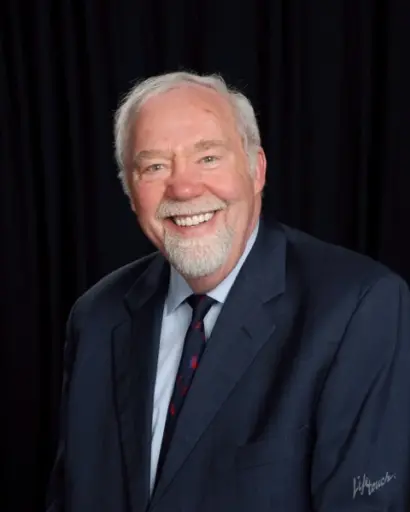David Swanson (MSEE ’72, PhDEE ’76) may not be an alumnus of the Department of Biomedical Engineering. But as a graduate student in electrical engineering in the 1970s, he worked under Professor John Webster—a trailblazer of the biomedical engineering field.
 David Swanson
David Swanson
That experience helped propel Swanson into a long and successful career in the medical device and technology industry. Now, he is keen to help others deepen their career preparation. He and his wife, Anne, have established the David K. Swanson Graduate Support Fund to assist first-year graduate students in biomedical engineering.
“I remember my days as a graduate student. The ability to live your life while you’re getting a degree is a big deal,” says Swanson, a 2008 recipient of a distinguished achievement award from the College of Engineering who retired after serving as chief technical officer at the medical device company ESTECH (subsequently acquired by AtriCure).
In particular, the fund aims to provide fellowships for students pursuing graduate studies in biomedical engineering after undergraduate training in technical fields, such as chemical and biological engineering, electrical and computer engineering, or mechanical engineering.
That preference isn’t just based on Swanson’s career arc. He says while hiring and observing new employees over his career, he’s found the pairing of a deep technical background with the exposure to medical and physiological applications in a biomedical engineering graduate program to be a powerful combination.
As a graduate student, Swanson helped Webster develop an undergraduate lab course in biomedical instrumentation on topics such as electrocardiograms and oxygen sensing. He went on to work at UW Hospital, Cardiac Pacemakers Inc. and Boston Scientific Corporation before joining ESTECH in 2005. He holds more than 300 U.S. patents—all since age 40.
The Swansons initially talked about making a planned gift toward the fund, but decided they wanted to be able to see the effects of their contribution.
“Having people benefit while I’m still living made a lot of sense,” he says. “We were getting our estate together and we said, ‘Well, why wait?’”